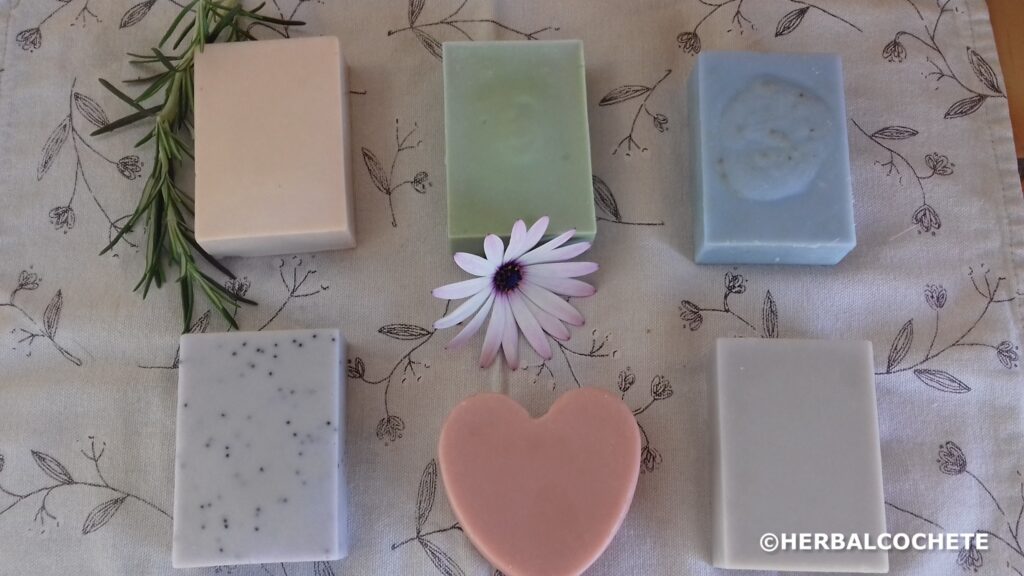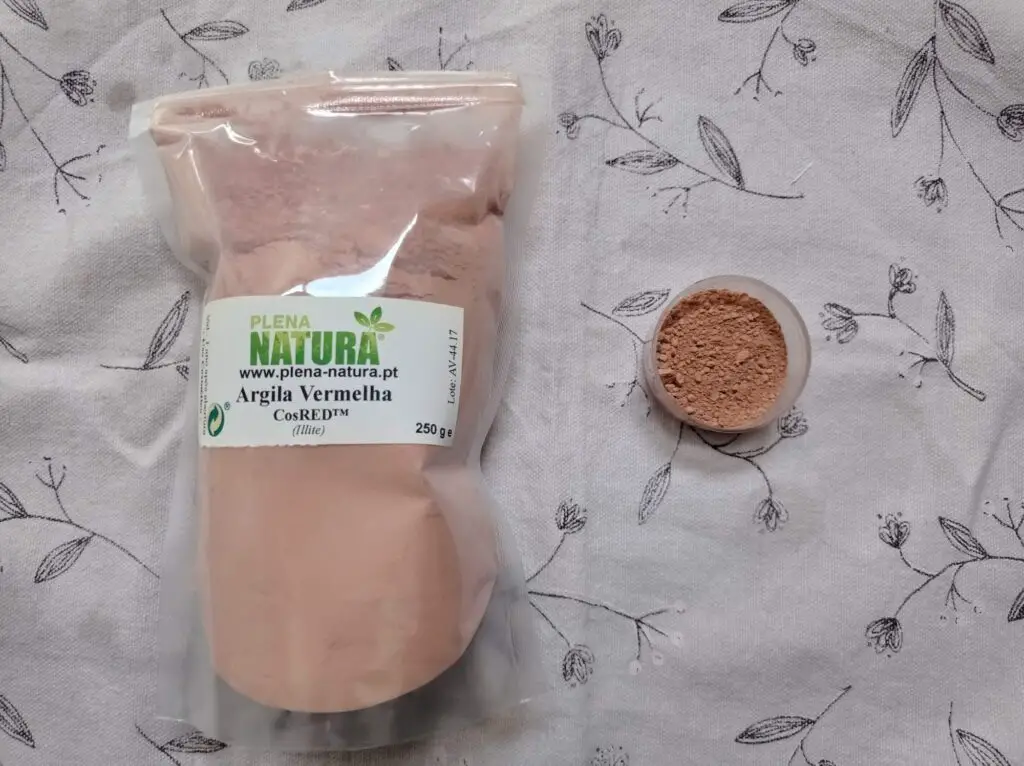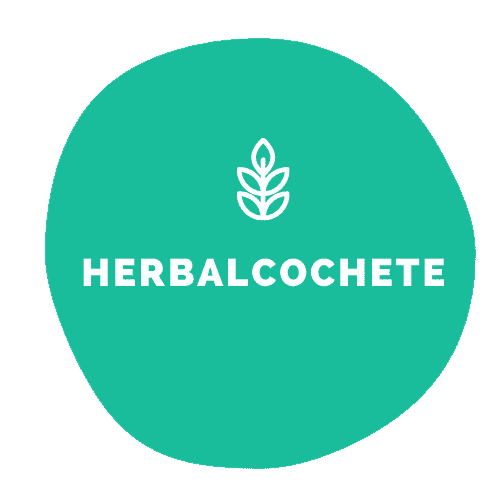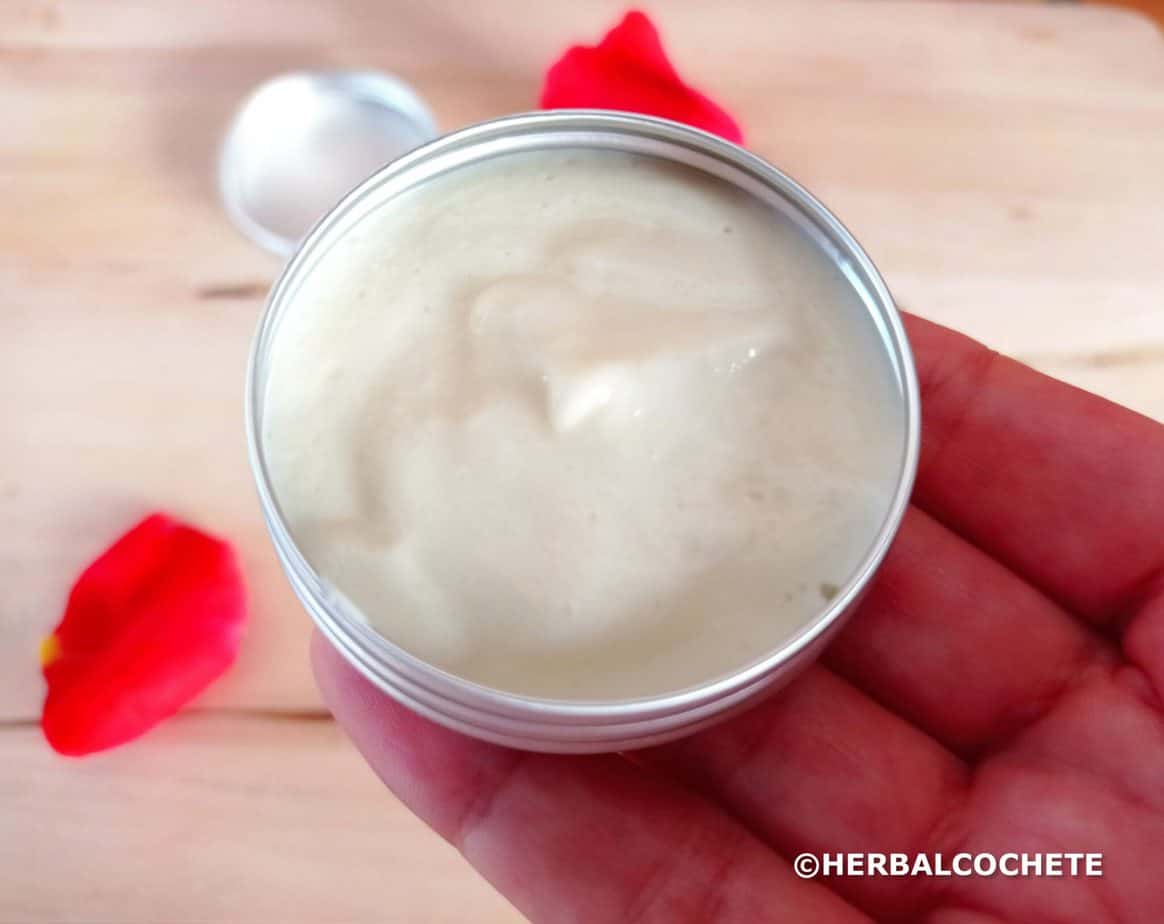I have been making handmade soap and skincare products for personal use since September 2019. It started out as an experiment driven by curiosity (check out Making Natural Soap At Home). But soon it became a hobby, a passion.
It’s fun, and the products are simple and wonderful! You really don’t need so much special ingredients or equipment to do them. The kitchen will provide with most of it. Make DIY skincare at home, it’s cheaper and healtheir!
I started by making soaps at home, and investigating further on the net, I discovered, one by one, recipes for creams, tonics, balms (lip balms and others), masks, exfoliants, serums, shampoos, conditioners …
Table of Contents
- Does DIY Skincare Work?
- Is DIY Skincare Safe?
- Use Fresh Ingredients
- In The Future
- Learn More About Natural Skincare
Does DIY Skincare Work?
Believe me, you have to investigate some. Not everything is true, not everything works. I never adopted the “no Poo” movement (it defends that you don’t need to use shampoo everyday). Nor did I ever wash my hair with baking soda …
But I tried the products I made at home one by one. I have a small garden with rose bushes, rosemary, spearmint, verbena, and lavender growing. That makes the whole experience funny! It is very rewarding to leave the house with a basket in hand, take half a dozen steps and collect the herbs and plants that will serve as the basis for the beauty products that we will do next. But I’m already rambling …
As I was saying, I tried the products I made at home one by one … and the differences are noticeable !!
Like this:

Handmade Soaps
Natural handmade soaps, made with vegetable oils, moisturize the skin to the point that the daily use of moisturizing creams is not so critical. Because they contain natural glycerin! See this article “Glycerin vs Vegetable Glycerin“). Something I bet the companies that sell body lotions don’t want very much…
Body Lotions
Body lotions, also made with natural ingredients, moisturize deeply. Combined with the use of natural soaps, the need for hydration is more weekly than daily. The most shocking part … the cost is between 3 € to 5 € for a 200 ml of lotion …. I leave you to take your own conclusions about how much the cosmetic industry is earning as profit.

Balms and Lip Balms
The balms I’ve made so far, especially lip balms, are more moisturizing and softer than any lip balm I have ever bought. Even organic ones from stores like The Body Shop. The balms I’ve made are made of …. olive oil + beeswax. That’s it! Keep it simple, and you still have a great product with excellent effects.
Using a herbal oil infusion with medicinal plants (calendula, for example) will take your balm or lip balm to another level, where you can benefit from its medicianl properties. I ended up with most commercial ointments at home. Once again: simplicity, combined with good results !! It’s in nature that we get magnificent and cheap products!
Rose Toner
It was one of the biggest surprises !! It is not quite rose water, as this is obtained by distillation by steam, but rather an infusion of rose petals (a “rose petal tea”). I started by making it for my homemade lotions, but very quickly it became a product in itself. Result: clean, smooth, and hydrated skin !! No micellar water has ever come close to the effectiveness of this toner. It balances completely the amount of sebum on my skin, to the point of feeling clean and hydrated without resorting to a single cream !! For several hours.

Facial Lotions and Serums
There was something that continually disappointed me about the cosmetics I used. No matter how much I changed, used or stopped using creams and serums, they did nothing in the medium or long term. They could leave the skin hydrated and fresh right away, but the days, weeks and months passed, and … they had no effect. I didn’t feel my skin was ever more hydrated, or I saw fewer wrinkles.
Once again, I started using facial lotions made at home. Serums are made with regenerating, anti-oxidant and anti-ageing oils that I wanted. I will not say that now I look 20 years old, that would be a huge overstatement. But I recognize a recovery of skin elasticity that was not there a year ago, or that I did not feel with other products.
Some oils are expensive, it is true – jojoba oil, rosehip oil, pomegranate seed oil. But an anti-aging face cream is expensive as well!! And you can buy 10 bottles of these more expensive oils at the price of a single face cream box …
By making your own products you are SURE these oils are there, in the quantities needed to have an effect on the skin, and not in the almost homeopathic quantities of commercial creams…

Is DIY Skincare Safe?
Now that’s the million dollar question, right? Yes it is as long as you do one of two things:
- you use the product immediately on within a couple of days, provided is in the fridge;
- you use a cosmetic preservtive in anything that has water content
The only exceptions about using a cosmetic preservative are handmade soaps and 100% oil-based products. Microbes thrive if two conditions are met (among others): existence of water; pH between 6 and 8, near neutral (7).
Handmade soaps have a high pH, from 8-10, being alcaline, therefore, microbes and bacteria have a very low probability of developing. It’s a good practice to wash a bit the soap with your hands before your wash your hands with it, to remove the outer layer of soap.
Oil-based products do not contain water, and are usually acidic environments, therefore, microbes and bacteria have no way to develop themselves.
Exceptions aside, always use a good cosmetic preservative. It will keep your product safe and in good conditions for a long time, and you don’t need to make lotions every week. If you are worried about having nasty chemicals, well, it’s only 1% or 1,5% of the entire product at most. And the fact that will save your skincare product from being a source of diseases totally covers that downsize.
Use Fresh Ingredients
About your DIY skincare products. ALWAYS use fresh, high quality ingredients. Preferably locally produced. Ideally homemade as well 🙂 Go for extra-virgin olive oil. 100% sunflower oil. Distilled water, always. Homemade skincare is cheap enough, don’t go cheap with ingredients over “best by” date or of low quality. It’s your skin we are talking about!
In The Future
I am fascinated with DIY skincare products. I don’t want anything else. So much so that I decided to start this blog and tell everyone about my experience, sharing what I learned, and give everyone the opportunity to experience the same.
I also make a huge efford to warn people about what is wrong in the information available on the net. How to check what is true and what is … marketing. an example? Check out Is Yoni Soap Good For You?
I explain in each recipe why handmade skincare is really good, compared with commercial stuff. My recipes always have the estimated cost and a chapter for costumization, to make thehm economically viable, so that you can take the most out of it. I am also no fundamentalist: I use synthetic ingredients when they are convenient, and better for your health.
I don’t think essential oils are better than fragrance oils. Provided they are both of good quality, it’s a matter of personal choice. Both have cons and pros. Both contain allergenics. And both are well tolerated without issues by most people.
I hope that you start using atural skincare products at some point. Made at home or not, as I now believe… correction, I know by experience that they help improving your health and can make our lives more pleasurable and happy.
Learn More About Natural Skincare
If you’re interested in learning more, this course from Herbal Academy will teach you how to make DIY skincare at home with herbs and plants.



You seem to have done a lot and I am guessing some of these involved you making a lot of mistakes. It seems you have probably used these products on your skin. Did you get any negative effects while using them on your skin?
I am asking this because I know there are people that probably tried making these and ended up making it the wrong way which became toxic rather than helpful on the skin which is why I just like buying these instead of personally making them.
If I am to do this it would be more like a hobby which was exactly how you started and maybe I can start applying them to my skin in very little quantity and observe how they do before I become very confident that I can actually make use of them as my skincare products.
Hello Manuel, thanks for your comment. No, I had absolutely zero negative effects with the products I’ve made so far. And I say so far as I haven’t tried them for years, but I hope to get there and tell about its effects 🙂
To make them safe I have a few precautions:
– I use mostly natural ingredients (I am also running away from toxic!!), like oils, water, natural colorants, many of them which are actually safe to eat. Nothing like strange chemicals that I don’t know about;
– I use fresh and good quality ingredients, not waste-like ones (such as used oil from frying)
– In doubt, I always use antioxidants and preservatives to make these products safe in terms of bacteria, mould and fungus. To stay away from the most artificial/chemical ones, though, I go for the ones that are used in natural cosmetics or are ECOCERT approved. This is probably where most natural cosmetics become toxic or bad, by not using preservatives, or using them in a wrong way…
– I always follow the preservatives’ manufacturers recommendations and instructions. I’d recommend you to give it a try at the simplest of them, a lip balm, by following this tutorial: How to Make A Balm Plus 5 Great Balm Recipes, (it contains 3 simple lip balm recipes) and try it yourself in small amounts to see if it’s safe 🙂
Soap is a bit more complicated, but when done properly it is really good for your skin (one of the reasons is explained here: Glycerin vs Vegetable Glycerin).
Hope this helps!
Cheers, Sofia
Thank you for sharing this information on natural skin care products. It is fascinating that you can create these items using all-natural ingredients. Is it time consuming? Or do you hardly notice how much time it takes since it is a hobby for you. I must say this is a good hobby. The soaps look absolutely beautiful. I love using natural products but never got into making them myself. Again, thank you for sharing.
Hello Patricia and thanks for your nice comment.
You are right, time flies when I make soap, creams, conditioners, etc. but, to be honest, making cosmetics takes around 30 minutes to 1 hour to make.
And it’s much simpler than we think! Once you have some key ingredients, like beeswax, an emulsifier (like Polawax 60 for example), a preservative (like Geogard), and lye, you are good to go, assuming you do have some oils at home, like olive oil, coconut oil, sweet almond oil, sunflower oil – and water! This is assuming you don’t care for scent and color – I care for scent and I use essential oils on my cosmetics 🙂
It is very, very close to cooking or baking a cake! And as simple as that! You don’t need expensive equipment, or weird ingredients (at least weirder than the ones I mentioned)! The best of all is that they are good, effective and you can tailor them to your own needs – for example, if you have dry skin or oily skin, you can choose the right ingredients and the right proportions until you find out something that really works for you.
It’s ok to buy some natural cosmetics too, though 🙂 Not everyone likes DIY, or has the patience. In every recipe post, I have some links to purchase natural products, most of them at Etsy.
Cheers,
Sofia